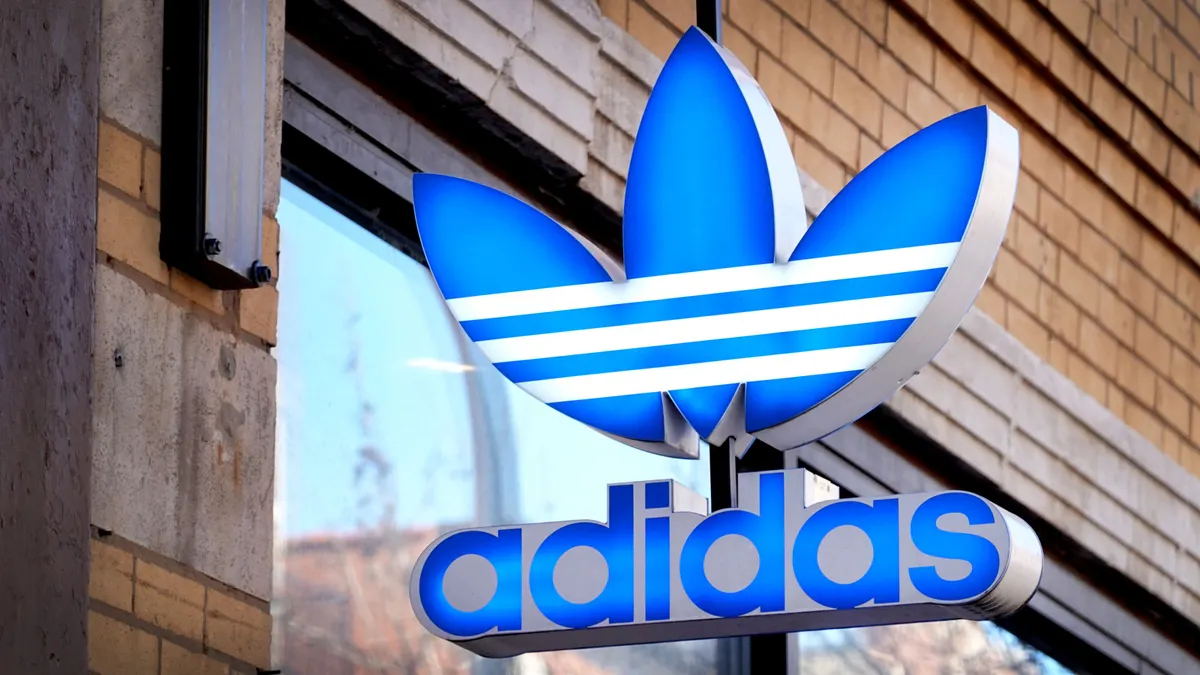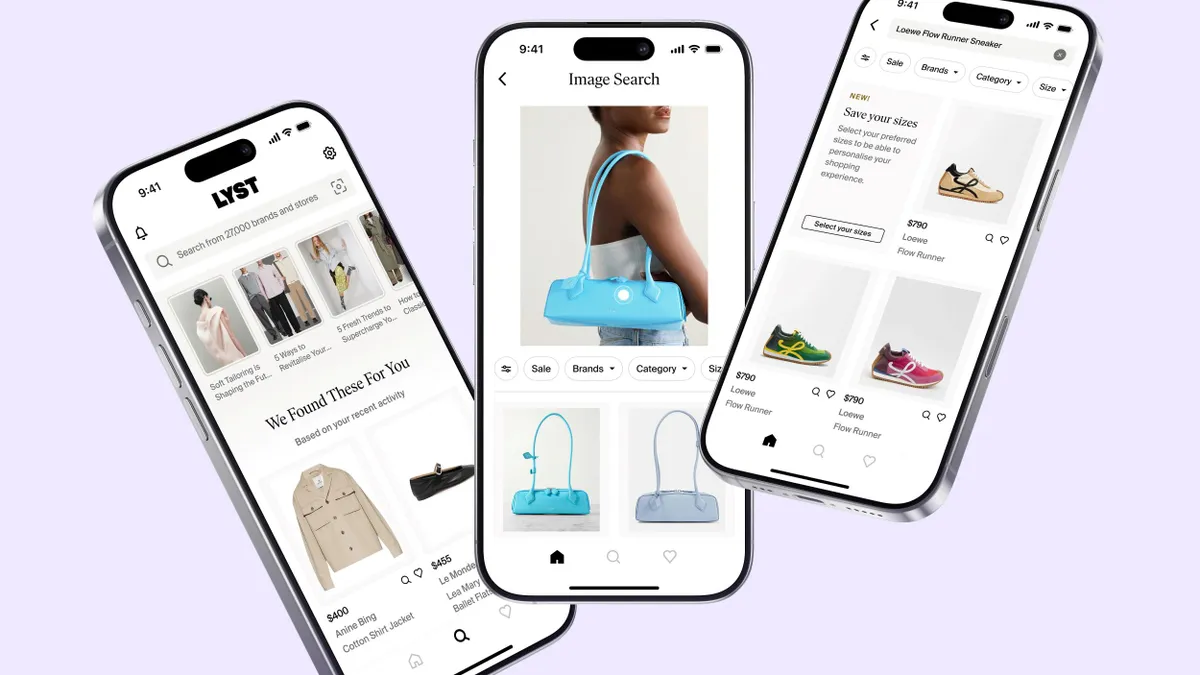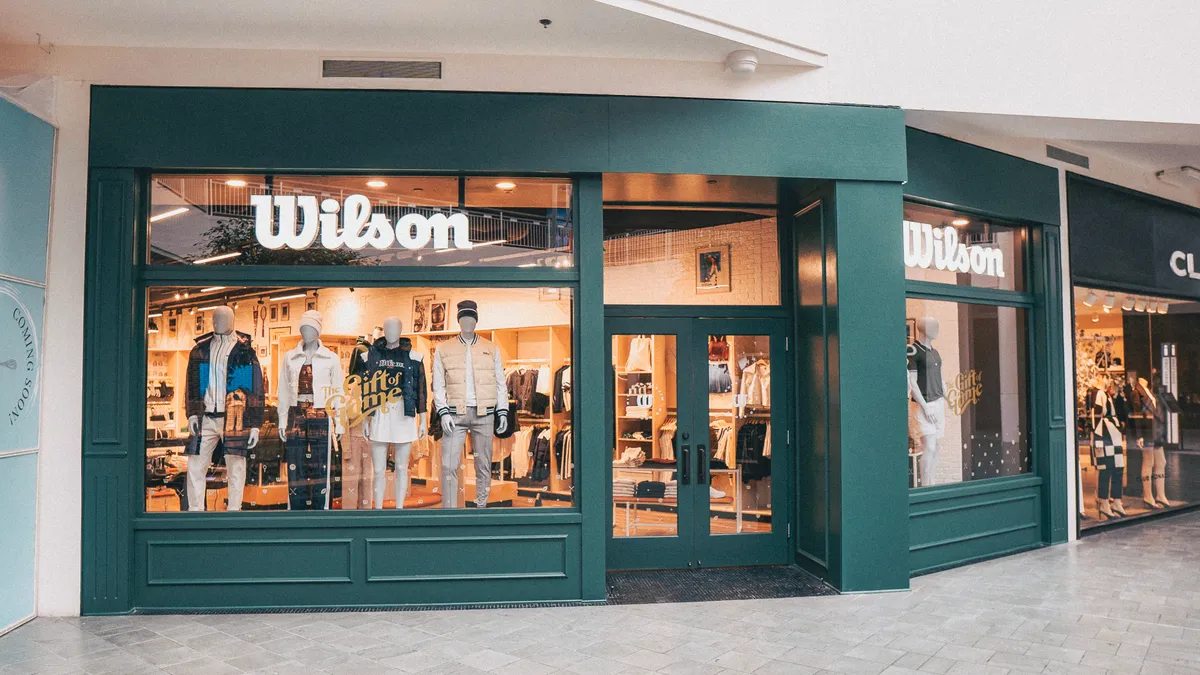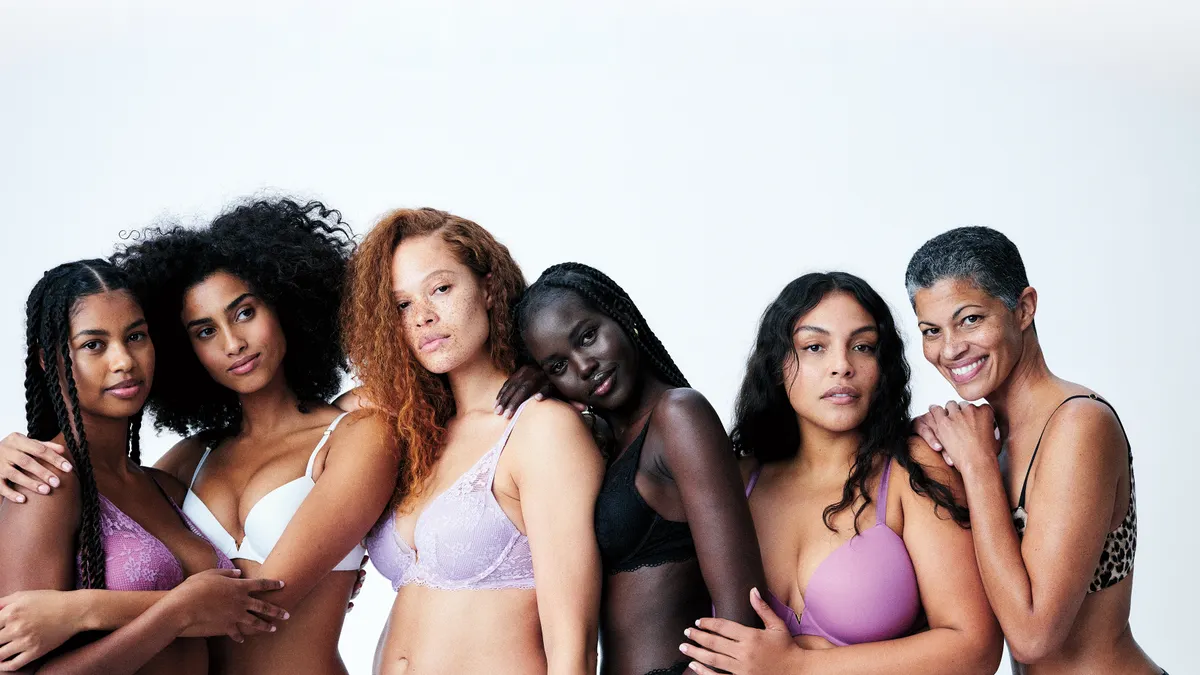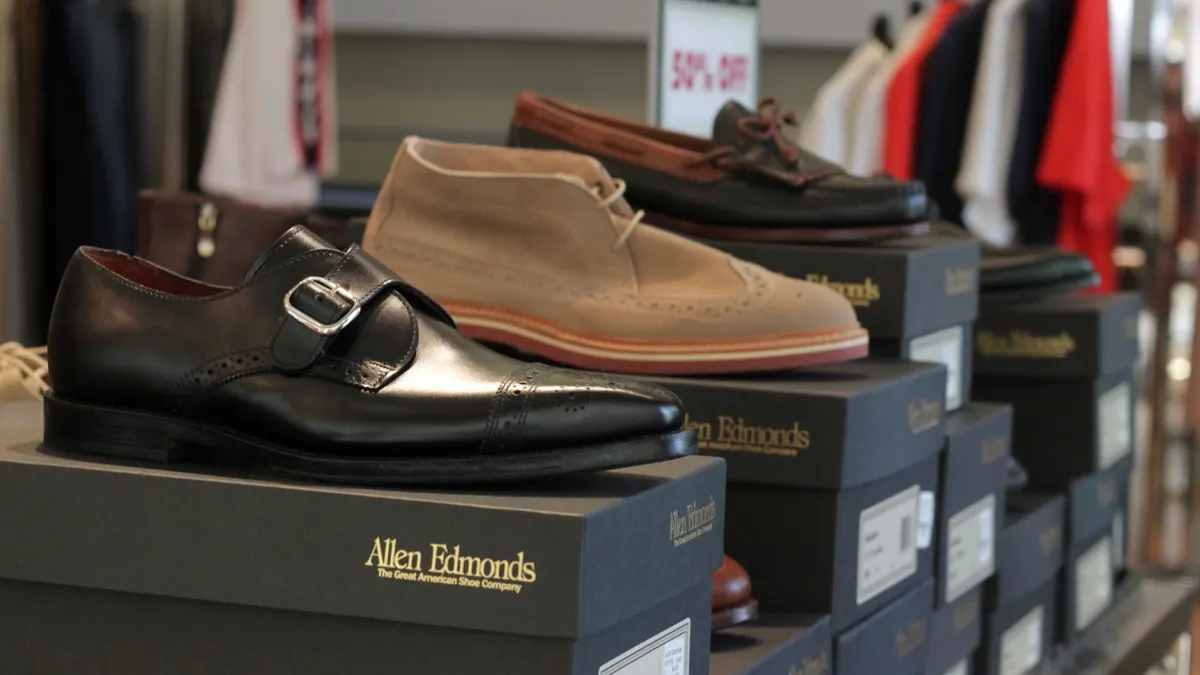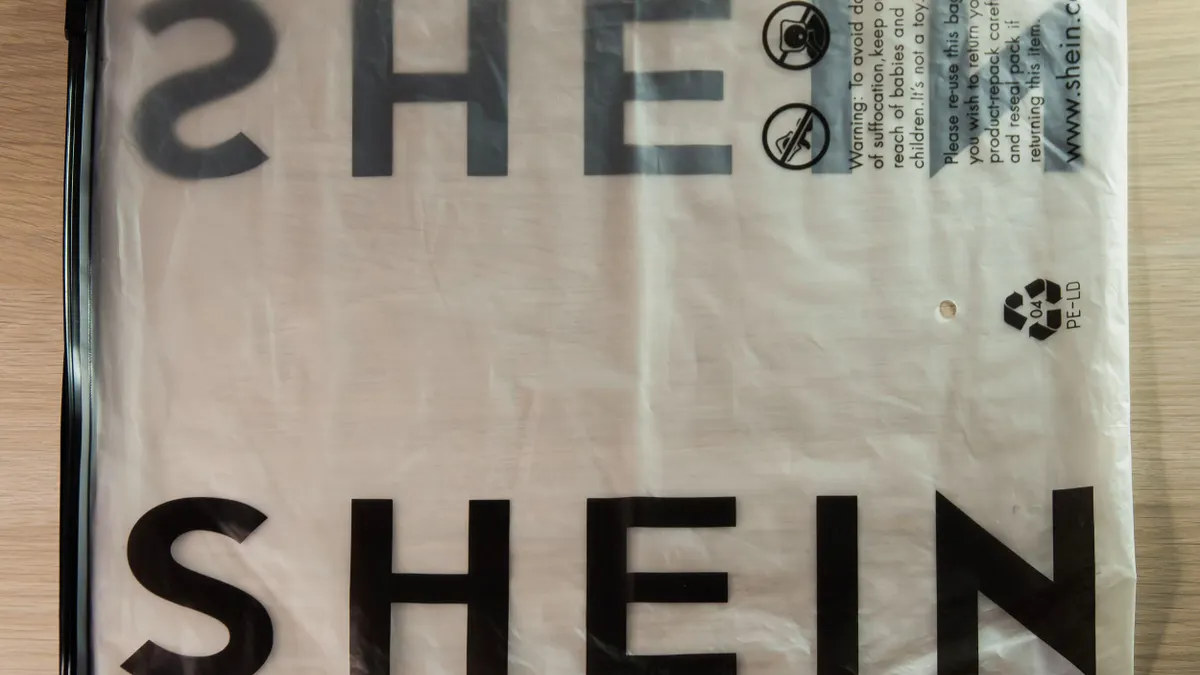A little over a year ago, the venture capital market for startups was in full swing, with almost $700 billion being poured into nascent companies in 2021. But rising interest rates, elevated inflation and concerns over a potential banking crisis have prompted potential investors to tighten their belts.
Even before the collapse of Silicon Valley Bank, a favorite among tech startups, investments were down. Global venture funding totaled $445 billion in 2022, falling 35% from the year before, according to data from Crunchbase. That’s more of a decline than what was seen after the Great Recession and after the dot-com bubble burst in the early 2000s.
The slowdown isn’t affecting all industries equally, and companies from all corners of the fashion industry are still reeling in investment dollars, partly due to consumer spending trends.
“Consumers are still spending,” said Sydney Sykes, partner at Lightspeed Venture Partners. “So even though there’s some signals that this should maybe be a tougher time for retail, it’s actually being surprisingly resilient.”
Companies that are still landing funding run the gamut from digital fashion upstarts to direct-to-consumer brands.
DressX, a digital fashion retailer, nabbed $15 million in a Series A round announced in March. Archive, a startup that helps brands create resale programs, raised a similar amount in December. And Kintra Fibers, which offers a bio-based alternative to polyester, raked in $8 million from fashion investment heavyweights like H&M Group Ventures.
While much of the capital is flowing to companies attempting to shake up the fashion world, even more traditional apparel brands have found success. Hill House Home — famous for its Nap Dress, which became a cult favorite during the pandemic — landed $20 million in Series A funding last year.
Still, investors say they’re looking more critically at startups, especially those that are a long way from being in the black.
“The ability to backstop some of these larger cash burn businesses is limited,” said Anna Whiteman, principal at Coefficient Capital. “It’s kind of just pointing toward profitability.”
Lowering customer acquisitions costs is key
Although venture capital firms are tightening their purse strings, fashion companies that can lower their own customer acquisition costs may be able to still catch their attention. Customer acquisition costs have been on the rise, fueled by stricter privacy restrictions and heightened competition in the online retail space. In turn, many fashion entrants — especially direct-to-consumer brands — have struggled to achieve profitability.
SimplicityDX, an analytics firm, estimated that merchants spent an average of $29 to acquire each new customer in 2022, up from just $9 in 2013.
“Customer acquisition costs have gotten a lot higher in the last couple of years,” said Jodi Kessler, partner at 3L Capital. “Investors have been a lot more weary of the long-term profit generation of these businesses and then what they should be worth.”
One way investors are looking to cut through the noise is celebrity- and influencer-backed lines, many of which have successfully garnered venture capital over the past few years. That includes Kim Kardashian’s shapewear line Skims, which raised $240 million in a Series B round in January 2022.
“If you're a celebrity starting a brand, you already have all this built-in demand,” Sykes said. “You have a built-in distribution channel.”
“Customer acquisition costs have gotten a lot higher in the last couple of years. Investors have been a lot more weary of the long-term profit generation of these businesses and then what they should be worth.”

Jodi Kessler
Partner, 3L Capital
Sykes pointed to Haus Labs, Lady Gaga’s beauty brand, which Lightspeed has backed.
“When Lady Gaga posts a picture of one of her new products that reaches so many more potential customers than someone who is starting a new brand today,” Sykes said. “I still think the celebrity-backed brand angle is going to be an interesting one.”
There’s room, however, for other brands to gain their footing, especially if they’re catering to a niche audience, Sykes said.
“If you’re able to say, ‘We’re not trying to be the mass appeal brand, but instead we’re launching two, three or four brands really targeted at the Gen Z skater who also really cares about beauty’ — that personal connection I think is more important than ever,” she said.
Kessler echoed those comments, saying investors are looking for brands that can grow organically and be profitable by maintaining a loyal following.
“Are they telling a unique story?” Kessler said. “Do they have unique channels through which they’re able to acquire customers? Are they able to leverage TikTok in unique ways?”
Sustainability is popular, but some startups could struggle
Companies focused on making the fashion industry more sustainable have also been holding investors’ attention through the downturn, including businesses helping brands create resale programs, startups focused on recycling clothing and those working on creating eco-friendly materials.
Textile recycling startup Circ, for instance, nabbed $25 million last month in its latest funding round, which it is using to open a commercial facility to process 200 tons of waste each day. The company, which developed a way to chemically separate poly-cotton blends, previously raised money from Tin Shed Ventures, Patagonia’s venture capital fund, and Inditex, the parent company of Zara.
Ambercycle, a similar company, raised $21.6 million last January to scale production of a polyester alternative. Investors in the Series A round included H&M’s venture capital arm and Zalando, a European online retailer.
However, companies developing more sustainable materials to replace animal products, such as leather and silk, have seen a drop in investor interest over the past year after a blazing market cooled, according to a February report from the Material Innovation Initiative.
Investors poured $457 million into next-generation materials companies in 2022, down from $1.1 billion in 2021 — a banner year for these companies. Although the change represented a nearly 60% year-over-year decline in investments, 2022 still saw the second highest funding level in the past decade.
“There are a lot of investors now who are looking for both a financial and social return,” said Nicole Rawling, CEO of Material Innovation Initiative. “The reason we do believe there is a strong opportunity for financial return is [that] fashion, automotive and home goods brands are all really demanding these more sustainable, animal-free materials — and so are consumers.”
But as interest rates rise and concerns about a looming recession mount, investors are likely to pull back. Companies in this space will likely need to have intellectual property that distinguishes them from other startups, Rawling said.
For instance, at least nine companies are working on producing a leather alternative from mycelium, which is derived from the rootlike structure of mushrooms. Only five of those have nabbed funding from investors in the last three years.
MycoWorks, which is based in the U.S., raised $125 million early last year to create its first full-scale production facility. The company bills its product as an eco-friendly alternative to leather that has “superior hand feel, durability and aesthetics.”
Bolt Threads, meanwhile, raised $115 million in September 2021, according to Crunchbase. Fashion brands from Adidas to Stella McCartney have debuted products using the company’s leather alternative.
In contrast, a similar company, MycoFutures, has so far only raised $10,000 in grant funding since it was founded in 2021, according to Crunchbase.
“Quite a few investors are wondering what’s different between them,” Rawling said. “That is going to be something that the industry is going to have to face.”
Companies focused on resale programs or finding ways to deal with excess inventory are also likely to gain traction with investors, partly because it helps with business costs and partly because it stands to increase revenue.
“If you bring in recommerce, or you bring in solutions for excess inventory, you’re able to optimize the inventory stash and the business model in a way that’s really exciting,” Sykes said, adding that sustainability can also appeal to shoppers, especially Gen Z.
“That’s a trend that’s not going away from consumers,” she said.





